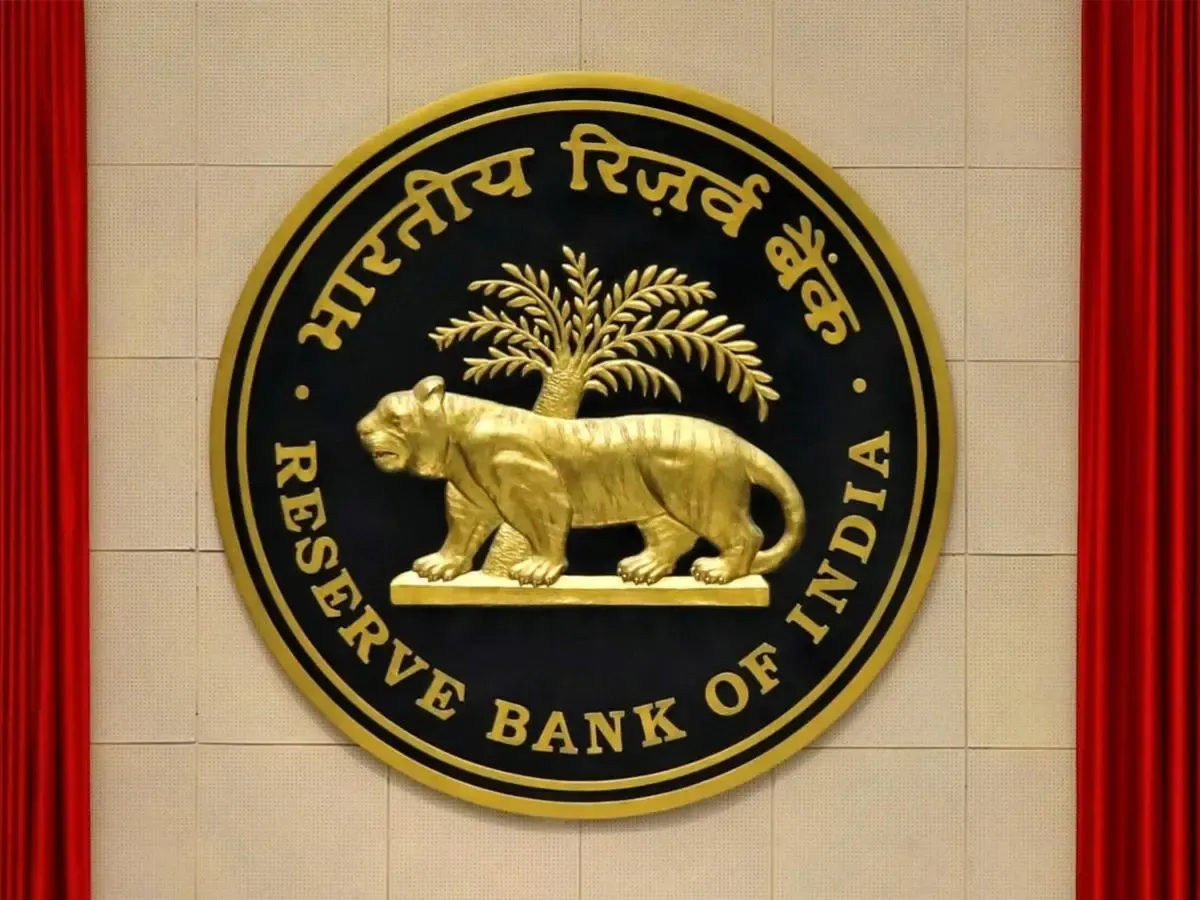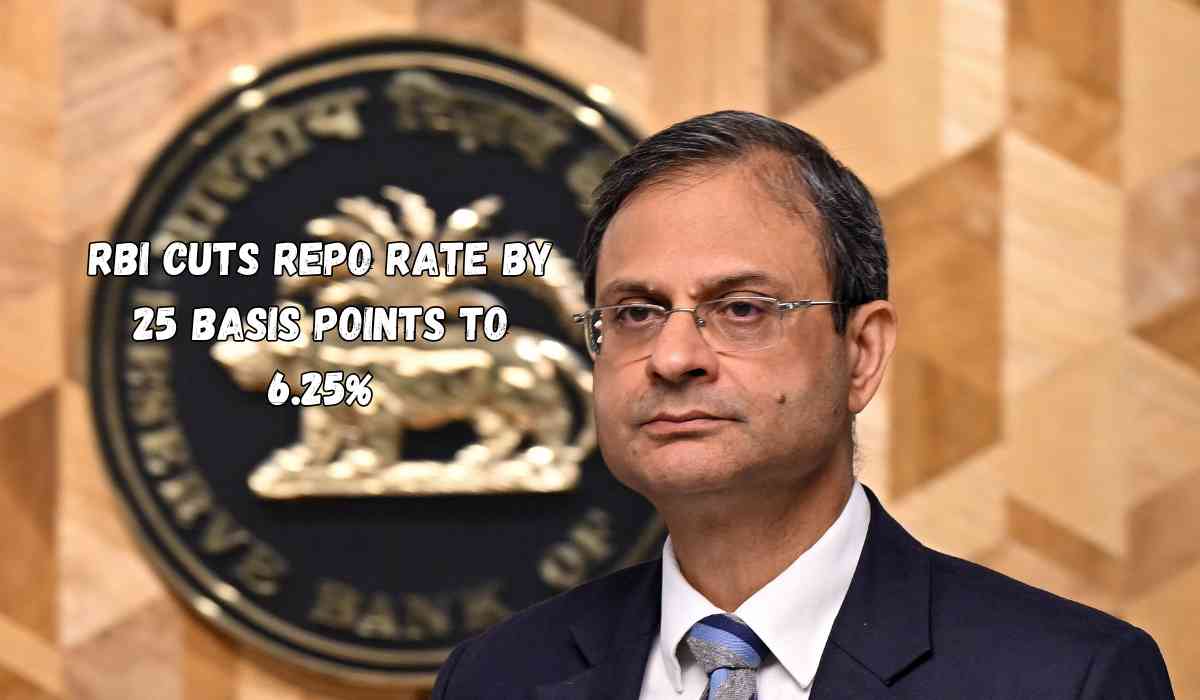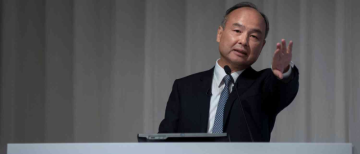The Reserve Bank of India (RBI) has announced a 25 basis points (bps) cut in the repo rate, bringing it down to 6.25%. This move, the first in nearly five years, comes amid a challenging global economic backdrop and aims to balance growth and inflation. The decision was made during the bi-monthly Monetary Policy Committee (MPC) meeting on February 7, 2025, chaired by the newly appointed RBI Governor, Sanjay Malhotra.

Key Highlights of the RBI MPC Meeting
-
Repo rate reduced by 25 bps to 6.25%.
-
Standing Deposit Facility (SDF) rate set at 6%.
-
Marginal Standing Facility (MSF) and Bank Rate at 6.5%.
-
FY26 GDP growth estimate: 6.7%.
-
Consumer Price Index (CPI) inflation estimate: 4.8% for FY25, projected to moderate to 4.2% in FY26.
-
Lending reluctance: Some banks are hesitant to lend in the uncollateralized call money market.
Key Rate Cut by 25 Basis Points
The decision to lower the repo rate was taken unanimously by the six-member MPC. The committee also decided to maintain a 'neutral' stance, indicating flexibility in future policy decisions while keeping inflation in check.
Governor Malhotra emphasized:
-
The MPC remains focused on ensuring inflation is brought down to the target on a durable basis.
-
The rate cut is expected to provide relief to borrowers, as banks may pass on the benefit by reducing loan EMIs.
Global Economic Challenges Persist
Governor Malhotra highlighted the global economic slowdown and uncertainties in trade policies as factors influencing India’s monetary policy.
Key global risks include:
-
Excessive volatility in financial markets.
-
Rising geopolitical tensions.
-
Uncertain global trade policies impacting domestic economic stability.

Economic Growth Outlook: FY26 GDP Pegged at 6.7%
The RBI projects India’s real GDP growth at 6.7% for FY26, with the following quarterly estimates:
-
Q1 FY26: 6.7%
-
Q2 FY26: 7%
-
Q3 FY26: 6.5%
-
Q4 FY26: 6.5%
Factors Supporting Growth
-
Improved employment conditions and tax relief in the Union Budget to boost household consumption.
-
Higher capacity utilization and business confidence to drive fixed investment.
-
Government support for infrastructure and industry to bolster economic activity.
Challenges to Growth
-
Global headwinds pose a downward risk to growth prospects.
-
External sector fluctuations and trade uncertainties remain concerns.
Inflation Outlook: CPI Pegged at 4.2% for FY26
While inflation is expected to moderate, certain risks remain. The RBI projects CPI inflation as follows:
-
Q1 FY26: 4.5%
-
Q2 FY26: 4%
-
Q3 FY26: 3.8%
-
Q4 FY26: 4.2%
Factors Influencing Inflation
-
Energy price volatility: Rising global uncertainty may impact fuel costs.
-
Normal monsoon assumption: Stable agricultural output can keep food prices in check.
-
Core inflation: Expected to rise moderately but remain within manageable limits.
External Sector: Resilient Amid Global Volatility
Governor Malhotra reassured that India’s external sector remains robust, with the current account deficit (CAD) projected to stay under control. RBI’s intervention in the forex market will focus on preventing excessive volatility rather than targeting a specific exchange rate for the rupee.
Key Points on Forex Management
-
RBI aims to maintain orderliness and stability in the rupee.
-
Forex interventions will be targeted at smoothening disruptive volatility.
-
The existing policy on forex management will continue without changes.
Impact on Borrowers and Markets
The repo rate cut is likely to have a significant impact on loan borrowers and financial markets:
-
Lower EMIs: Banks may reduce interest rates on home, car, and personal loans, making borrowing more affordable.
-
Stock Market Reaction: Equities may see a positive response as lower rates reduce borrowing costs for businesses.
-
Bond Market Outlook: Lower interest rates can lead to a decline in bond yields, benefiting fixed-income investors.
The RBI’s decision to cut the repo rate by 25 bps marks a pivotal shift in monetary policy, aimed at supporting economic growth while keeping inflation in check. With GDP growth projected at 6.7% and inflation expected to moderate to 4.2% in FY26, the policy move is expected to provide relief to borrowers and stimulate investment. However, global uncertainties and trade volatility continue to pose risks that the central bank will closely monitor in the coming months.
With inputs from agencies
Image Source: Multiple agencies
© Copyright 2024. All Rights Reserved Powered by Vygr Media.

























